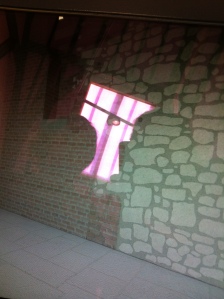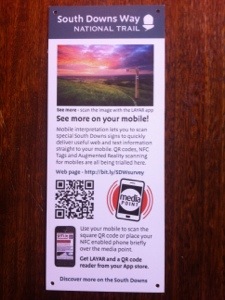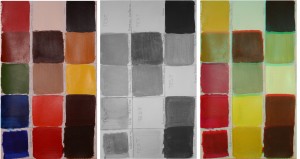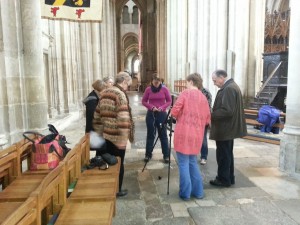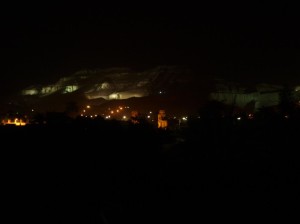
End of Theban survey and up to Antinoupolis
The internet connection at Sheikh Ebada near El Minya is terrible, so no blogging for the last week. This is the first time I have managed to get set up so there is plenty to write about. We finished the survey at Thebes on 7th February, and Angus and the team departed for the UK on the 8th. We caught up with some American colleagues before the end, and enjoyed an amazing view of the West Bank including Kom el Hetan, one of the focal points for the THaWS survey.
Continue reading →

